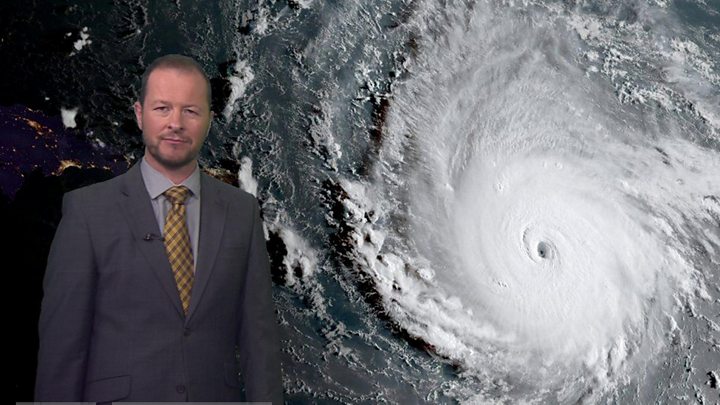
US officials say it is too late to flee from the path of Hurricane Michael - a category four storm - hours before it is due to hit the US mainland.
The storm is forecast to make landfall on Florida's Gulf Coast, and is expected to be the largest storm to hit the region in 100 years.
Florida Governor Rick Scott warned citizens of "unimaginable devastation".
At least 13 people reportedly died in Central America over the weekend as a result of storm rains and floods.
The storm has sustained winds of 145mph (230km/h) and is due to make landfall at about midday (16:00 GMT).
Officials warn it is now too late for coastal residents to flee, and that those who remain should seek shelter.
More than 370,000 people in Florida have been ordered to evacuate and move to higher ground, but officials estimate that far fewer have actually left.
"Do not leave your house," Florida Governor Rick Scott said on Wednesday.
"The worst thing you can do now is leave," he said, adding that those who do "put yourself and your family in danger".
Federal Emergency Management Agency Director Brock Long was even more stark in his warning.
Those people "who stick around and experience storm surge unfortunately don't usually live to tell about it," he said, adding that they put first responders at risk as well.
Florida has declared a state of emergency, as have Alabama and Georgia.
What are the latest developments?
In a 10:00 (14:00 GMT) bulletin, the Miami-based National Hurricane Center (NHC) said Michael remained "an extremely dangerous" hurricane.
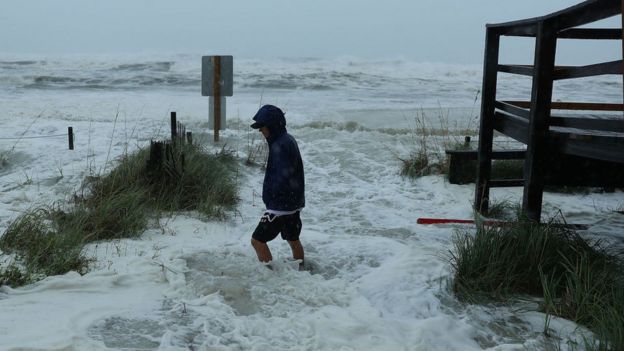 GETTY IMAGES
GETTY IMAGES
It warned of a life-threatening storm surge, hurricane force winds and heavy rainfall along the north-eastern Gulf coast.
Michael, it added, could see some additional strengthening before it made landfall in the Florida Panhandle - a strip of land bordering the Gulf of Mexico - or the Big Bend area to its east.
The NHC warns that some regions of Florida may experience storm surges of up to 14ft (4m).
And "life-threatening" flash floods may occur as a result of up to 12in (30cm) of rain.
On the Saffir-Simpson hurricane scale, category four includes winds of up to 156mph with possible severe damage to even well-built homes and trees being felled.
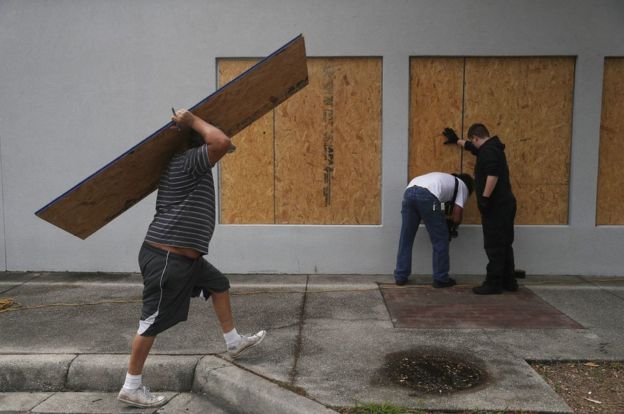 GETTY IMAGES
GETTY IMAGES
Despite the warnings, local officials believe a far smaller number of people have in fact moved away.
Schools and state offices in the area are to remain shut this week.
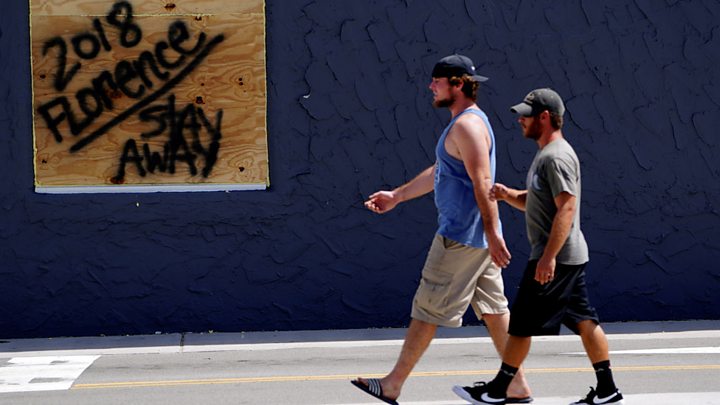
On Wednesday, Gov Scott said he had activated 3,500 Florida National Guard troops.
Heavy rains are forecast for the Carolinas, which were drenched by Hurricane Florence last month.
North Carolina Governor Roy Cooper told residents: "I know people are fatigued from Florence, but don't let this storm catch you with your guard down."

More than 300 miles of coastline are currently under threat, the National Weather Service has said.
Forecasters in Alabama warned of possible tornados.
President Donald Trump told reporters on Tuesday: "We are very well prepared for the incoming hurricane."
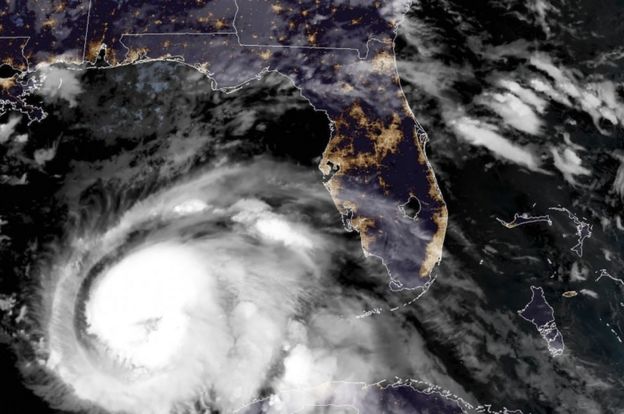 AFP
AFP
Residents face frightening ordeal
By BBC's Gary O'Donoghue in Florida
Adrian Mahangos hopes he is one of the lucky ones.
Sitting outside his home, reading a magazine, less than 100 yards from the water's edge in Wynnehaven, he knows Hurricane Michael is now due to make landfall 50 or 60 miles to his east.
Mr Mahangos is not going anywhere.
His house is 11ft above sea level and if the 4ft surge predicted for this part of the coast goes no higher, then he's confident his newly built home will survive.
Just an hour along the coast, it's different.
The aptly named Lullwater Beach, just west of Panama City Beach, is quiet at the moment, but this whole stretch is looking at a possible surge of up to 13ft.
A man in the distance is gathering sand from the beach while it's still light and pouring it into trash bags - making do with what's at hand to protect from the water.
Local officials are warning that not nearly enough people have evacuated as they would wish.
Florida is used to storms but the Panhandle, with its low-lying coastal strip and scattered communities, hasn't seen anything this strong for more than a dozen years.
Those that remain will be facing a frightening ordeal.

What cities will be hit hardest?
Communities along the Florida panhandle will feel the brunt of the hurricane first, with Tallahassee and Panama City Beach forecast to get over six inches of rain and winds that could reach at least 100mph.
Utility lines are expected to be damaged due to falling trees, leading to power outages.
But by Thursday, the storm will move up the coast and skies will clear allowing for "a massive wave of response and support", said Gov Scott.
Southern Georgia will be hit next, with residents there warned to brace for possible flash floods.
Winds will die down as Michael pushes north into the soggy Carolinas with cities Columbia and Charlotte each forecasted to see up to 5in of rain.
Local officials warn people in the regions affected by Hurricane Florence last month- even those living far from waterways - to watch for landslides or flash flooding.
Where has Hurricane Michael hit so far?
According to the Associated Press, six people were killed in Honduras, four in Nicaragua and three in El Salvador.
Images on social media showed evacuating families wading through water to get to safety.
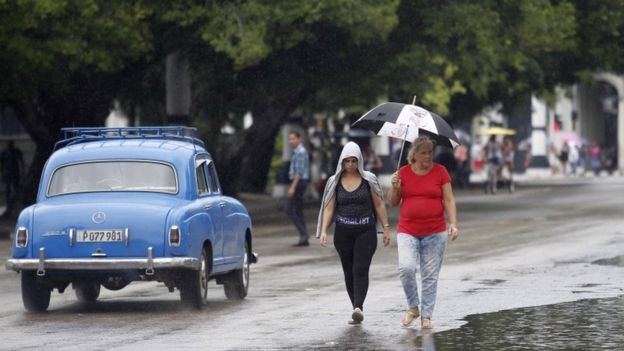 EPA
EPA
Parts of western Cuba, which was hit by the storm on Monday, were forecast to receive up to a foot of rain.
Offshore oil platforms in the Gulf of Mexico have evacuated workers, halting nearly a fifth of daily production.
Five drilling rigs have been moved out of the storm's path, according to the US Bureau of Safety and Environmental Enforcement.

Are you in the affected region? What preparations have you made? If it is safe to do so, please get in touch. Email haveyoursay@bbc.co.uk.
Please include a contact number if you are willing to speak to a BBC journalist. You can also contact us in the following ways:
- WhatsApp: +44 7555 173285
- Tweet: @BBC_HaveYourSay
- Text an SMS or MMS to 61124 or +44 7624 800 100
- Please read our terms & conditions and privacy policy
Or use the form below












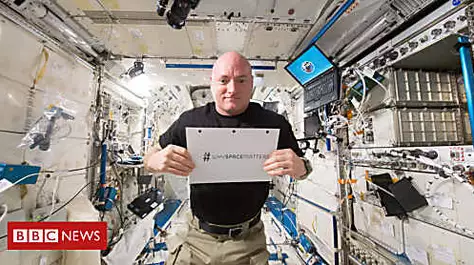
No comments:
Post a Comment